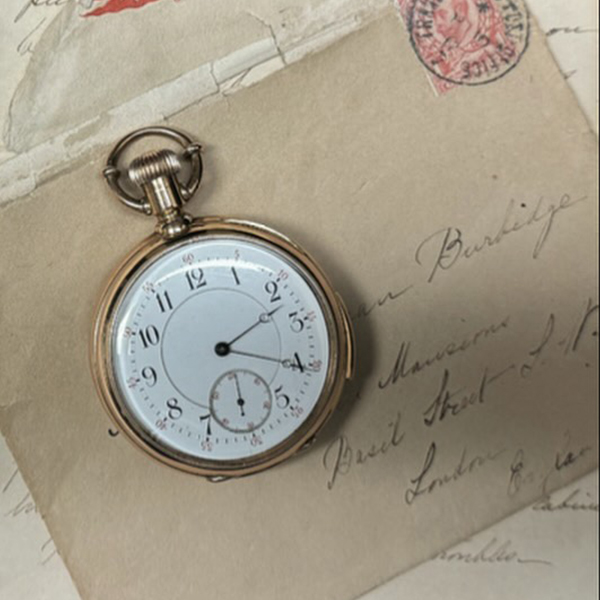View this post on Instagram
On August 23, 2023, India became the fourth country to land successfully on the Moon with their unmanned spacecraft Chandrayaan-3. The United States, China, and the former Soviet Union are the only other nations to have achieved this impressive milestone. In addition to this achievement, the Indian Space Research Organization (ISRO) has set itself apart by reaching the lunar south pole—something that no other country has done before and a historical first in Moon exploration. Following the spacecraft's landing, India's Prime Minister Narendra Modi proudly stated, “India is now on the Moon. India has reached the south pole of the Moon—no other country has achieved that. We are witnessing history.”
This location is especially significant, considering that the south pole's craters are believed to contain reserves of frozen water which could assist future settlements on the Moon. ISRO's accomplishment happened days after Russia's Luna-25 spacecraft heading for the same destination crashed en route, and years ahead of NASA's own manned mission to the lunar south pole, scheduled for 2025. “And congratulations to #India on being the 4th country to successfully soft-land a spacecraft on the Moon,” NASA Administrator Bill Nelson writes. “We're glad to be your partner on this mission!” This region of the Moon has been challenging for good reason. Not only is there less sunlight and lower temperatures at that latitude, but the terrain itself is more difficult and treacherous to navigate.
Landing Chandrayaan-3 was a huge accomplishment, but ISRO's mission team still has more work ahead of them. With the lander and rover stationed on the Moon, the team will begin conducting experiments, including testing the mineral composition of lunar soil in the vicinity. ISRO's lunar lander is also equipped with a seismometer to study seismic activity on the Moon. “You want to make sure that any potential seismic activity wouldn’t endanger any astronauts,” Dr. Angela Marusiak, professor at the University of Arizona's Lunar and Planetary Laboratory, said. “Or, if we were to build structures on the Moon, that they would be safe from any seismic activity.”
The lander and rover are designed to work for 14 days if all goes well, and the orbiter will continue its job for six months and possibly longer. Any water reserves found at the lunar south pole could potentially be converted to rocket fuel or drinking water, aiding future space exploration. “There is no doubt that landing on the Moon is a real challenge,” Nelson added. “But the Moon offers great scientific reward, which is why we’ve seen so many recent attempts to visit the surface again. We’re looking forward to all that we will learn in the future, including from India’s Chandraayan-3 mission.”
India has become the fourth country to land successfully on the Moon with Chandrayaan-3.
Chandrayaan-3 Mission:
‘India,
I reached my destination
and you too!'
: Chandrayaan-3Chandrayaan-3 has successfully
soft-landed on the moon !.Congratulations, India!#Chandrayaan_3#Ch3
— ISRO (@isro) August 23, 2023
The Indian Space Research Organization (ISRO) mission team has also made India the first nation to land on the Lunar South Pole.
Here is how the Lander Imager Camera captured the moon's image just prior to touchdown. pic.twitter.com/PseUAxAB6G
— ISRO (@isro) August 24, 2023
Watch the full live stream of the event:
Indian Space Research Organization: Website | Facebook | Instagram | YouTube | Twitter
h/t: [Today, IFL Science]
Related Articles:
Amazing “GigaMoon” Made of 280,000 Photos Captures Detailed Surface of the Moon






















































































